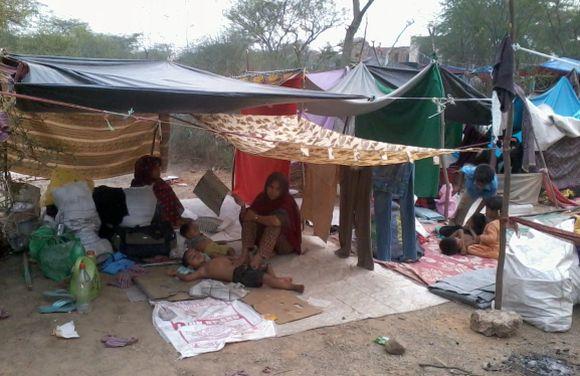
Living in tattered tents in Delhi, Myanmarese refugees from the Rohingyas community have been demanding refugee status in India, as they seek jobs and education for their children. Priyanka reports
A group of 2,500 Myanmarese refugees were on Tuesday chased out of a barren land near the Sultan Garhi Dargah in South Delhi.
The group belonging to the Rohingyas community, an ethnic minority in northern Myanmar who had been camping near the dargah for a week, was driven out by the police. They now have scattered across the city, mainly near the Old Delhi railway station, Kashmeri Gate and Ajmeri Gate.
"We had a meeting with the United Nations High Commissioner for Refugees, and they asked us to go back to our country. They said they cannot do anything for us," one of the refugees, Masood Mohammad said.
Meanwhile, at a makeshift refugee camp near Pir Baba, women lay under tattered tents, or, as in most cases, under bed sheets held up by four bamboo sticks, an unlikely respite from the summer heat in the capital. Young children and men roamed around aimlessly.
...
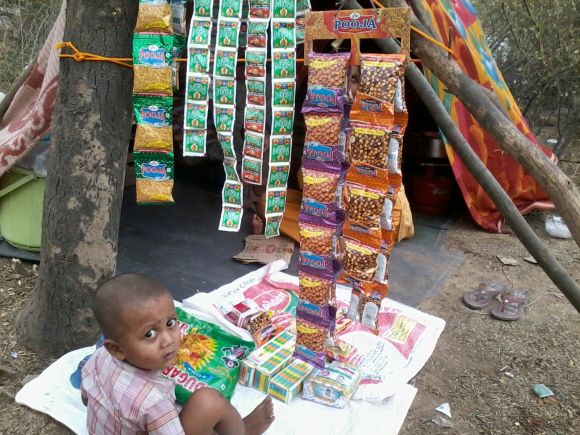
At first, the refugees camped at a small open area opposite the United Nations office in Vasant Vihar where they cooked, ate and slept out in the open for almost 30 days.
"We have been demanding refugee status in India," said Zia-ur Rehman, one of the refugees. "Only a few of us have an asylum-seeker card, which does not give us any benefits. There is no ration, no food, no job, nothing," he said.
People belonging to the Rohingya community are Muslim natives of the Arakan region in Myanmar. According to the United States Bureau of Citizenship and Immigration Services, the origin of the name 'Rohingya' comes from 'Rohang' or 'Rohan', a name popularly assigned to the Arakan region in the ninth and tenth century.
However, these are different and should not be confused with 'Rakhine', another community that resides within the same region. The latter form an ethnic majority, and are of mixed Hindu and Mongolian ancestry.
...
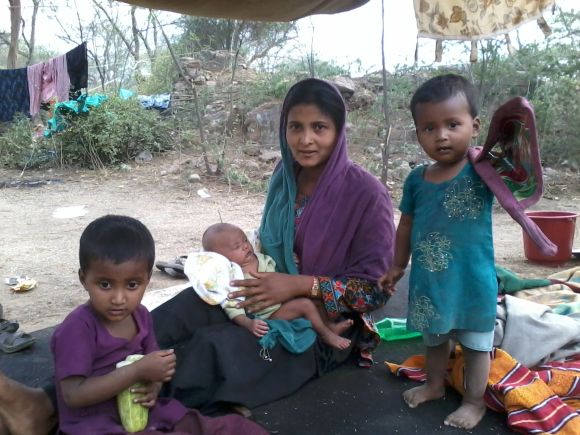
A Human Rights Watch report says that the Rohingyas community has been subjected to abuse, exploitation and discrimination and they have been fighting to gain recognition as a 'distinct ethnic group' in Myanmar, and for equal opportunities in education and earning livelihood.
The Rohingyas community has also gone through many phases of forced exoduses from Myanmar, cites the report. The report chronicles their tale of mass migration from Mayanmar, first after the military coup in 1962, and for a second time in 1991-92.
The Human Right Watch report says that all efforts of the Rohingyas community to assert their identity post the 1962 coup was disheveled by the new government. As an Emergency Immigration Act was imposed in the country during the 1970s, all citizens were given National Registration Certificates. However, the Rohingyas were given Foreign Registration Cards, which were duly rejected by their local employers and authorities.
The discrimination prevailed even during when the Rohingyas were forced to migrate in large numbers to neighboring Bangladesh and India. Even with a new military government in 1988, the Rohingyas were collectively denied citizenship in Myanmar, and hence could not vie for basic rights of education, shelter and employment.
As a result, close to 260,000 Rohingyas people were already living in refugee camps in Cox Bazaar, their first point of entry into Bangladesh, by 1992.
The Rohingyas have now been coming to India to find refuge and wants a refugee status.
...
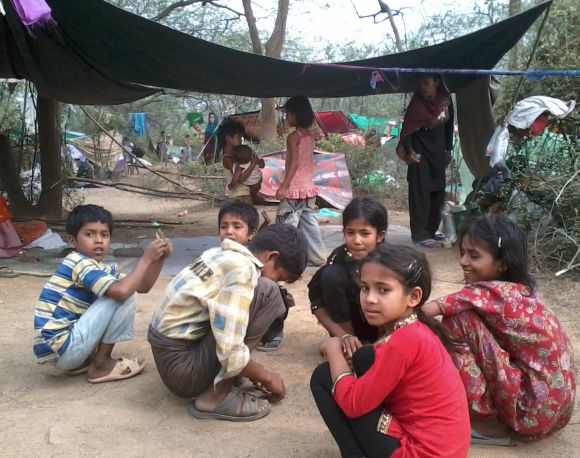
Sheikh Ahmed, a young 24-year-old refugee, came to India a month back. After staying in Aligarh for a while, he joined the protests in Delhi, and is now a part of the refugee group camped in the middle of nowhere.
Most of the people, women mostly, are unable to speak in Hindi or English.
Most of them have had no formal education, while some have been able to study up to class ten. They now work as rickshaw pullers or rag pickers in the city.
"We face lot of exploitation in Myanmar, as we are not allowed to study. They also took our lands," said 26-year-old Amir Khan. "I too wanted to study, but we came here to India for better prospects, hoping our children will be educated and we might be able to find jobs."
Khan works in a bangle factory nearby, and has been living in the capital on a meager monthly salary of Rs 3,000.
Ravi Nair of South Asia Human Rights Documentation Center in Delhi explains the Indian government's stand on the refugee status of the Rohingyas.
"The government of India is not a signatory to the United Nations Refugee Convention, and the office of UNHCR located in Delhi is only because out a Memorandum of Understanding between the two," said Nair.
On the police action of forcing the Rohingyas to leave Vasant Vihar, and then Sultan Garhi Dargah, Nair said, "The government of India can just bundle them and send them back where they came from; it has done so many times in the past."
...
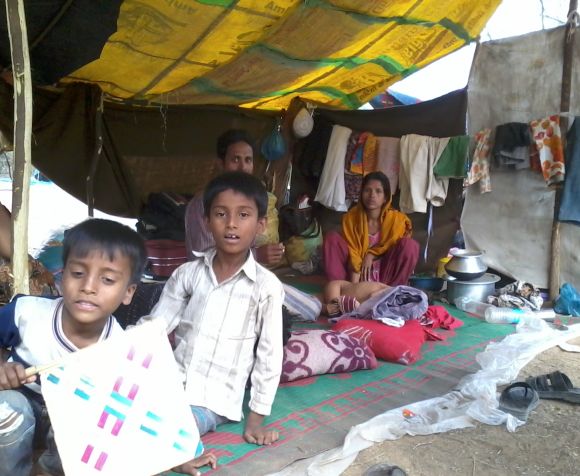
Having followed the migration of Rohingyas refugees into India, he said, the influx into India territory is not a new concept.
"The Rohingyas have coming to India since 1992," Nair says.
He explains, "Technically, Bangladesh is their first point of entry. They enter Bangladesh through the Cox Bazaar, which is very close by to Chittagong."
Unlike the ethnic Myanmarese who prefer to enter India through the state of Mizoram, as they can easily blend with the local population, the Rohingyas population usually takes the Bengal border or the Bihar-Kishangarh border to enter into the country, Nair said.
"Many of them would want to go to Pakistan and merge with the Muslim population there, but the LoC has become very stringent now. Hence, you will find many Rohingyas refugees who have lived in Jammu for a while and have now come to Delhi," he added.
There are about a dozen police personnel stationed, but they say that they are not responsible for the safety of the refugees, and are only there to maintain law and order.
"We are here just to see that there is no law and order problem," said Anil Sharma of Vasant Vihar police station. "Their safety has been taken up by the Jamiat Ulema," he added.
Jamiat Ulema leader, Mahmood Madani, who is also a member of the Rajya Sabha, has written to Home Minister P Chidambaram to intervene and provide some assurance to the refugee status seekers from Mayanmar.
...
Photographs: Priyanka